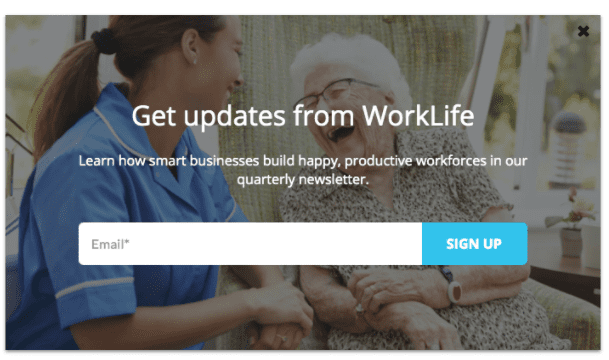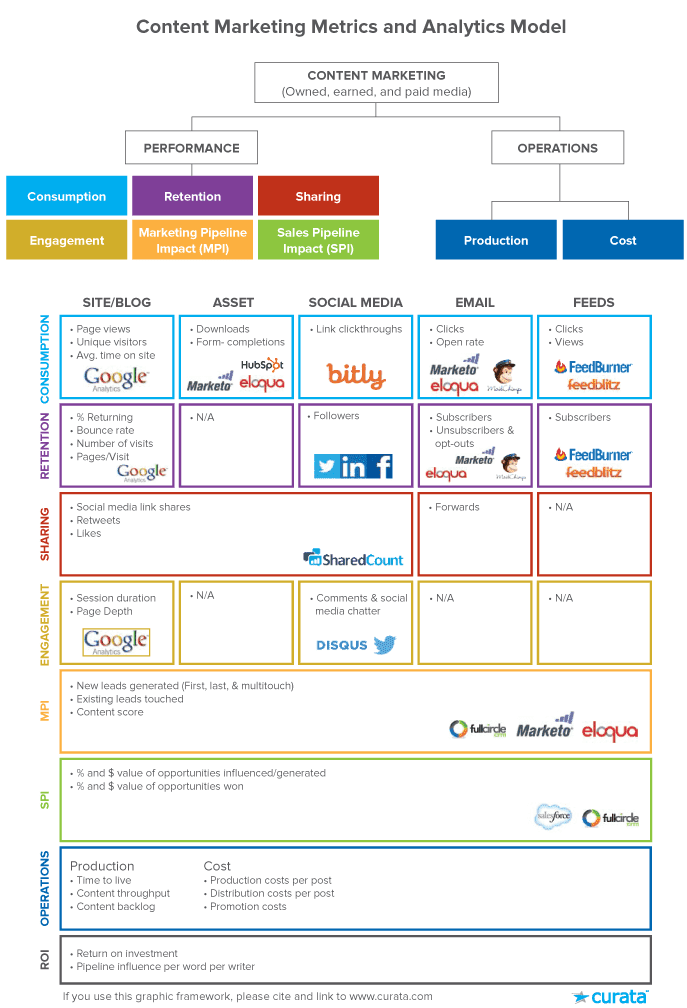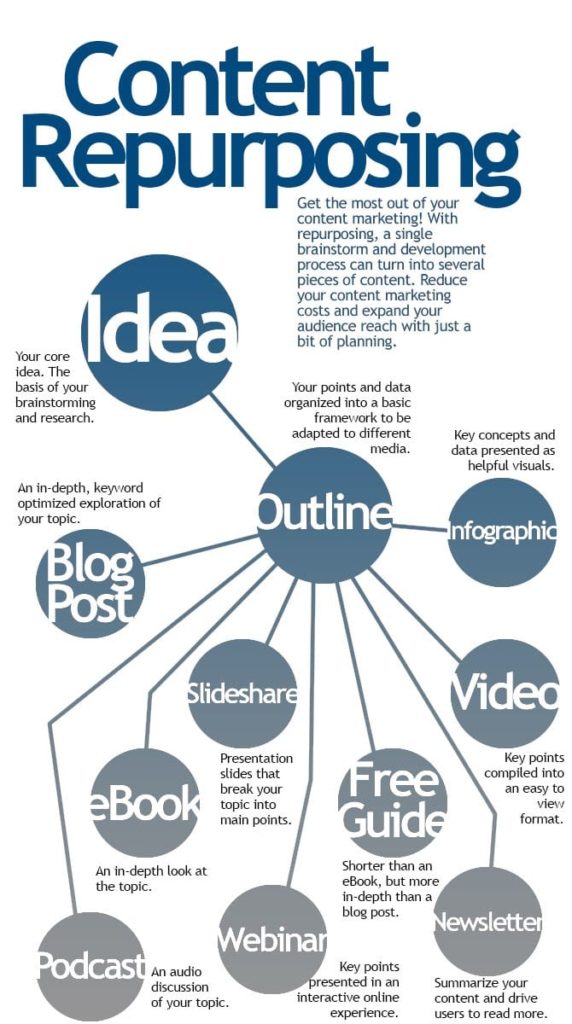The Nonprofit Content Marketing Playbook
We can assure you that content marketing is not a buzzword. It’s a strategic and fundamental part of growing your brand online. Here’s how to do it at your nonprofit.

We can assure you that content marketing is not a buzzword. It’s a strategic and fundamental part of growing your brand online. Here’s how to do it at your nonprofit.

We recently shared a nonprofit marketing plan template on our blog where we stressed the importance of defining your target donor.
Once you’ve clearly identified who your audience is, you need to form relationships that compel them to take action.
That’s where content marketing comes into play.
Research from the Content Marketing Institute found that 92% of nonprofit professionals use content marketing–and 65% are creating more content than they were a year ago.
However, the same report concludes that only 26% of respondents rate themselves as effective at content marketing, and only 25% have a documented content strategy to guide their efforts.
If you’re part of the vast majority without a buttoned-up strategy you’re confident in, then you need to read this nonprofit content marketing playbook.
A lot of nonprofit marketers think content marketing = writing blogs. So they brainstorm titles, publish the articles, and sit back and wait. Then nothing happens.

There’s no judgement here if that sounds familiar–only 35% of marketers have a set content marketing strategy after all. The problem is that before you begin creating content for your nonprofit organization, you need to set clear goals.
When there’s no set direction it’s near impossible to know if something is working, or if it isn’t, how to fix it.
We recommend asking yourself a couple of questions that will help you set a direction:
When you and your marketing team have answered these questions, it’s time to craft a content marketing mission statement. This typically does the following:
Here’s an example of how it works in practice.
“Green Juice is The El Paso Urban Farming Initiatives’ news and advice center dedicated to helping urban millennials understand and fight urban food poverty. Discover insider tips and download valuable resources.”
Everything you create should come back to this mission statement.
The problem with a lot of nonprofit content strategies is that they fail to effectively harness the obvious passion and domain knowledge.
To go back to the “El Paso Urban Farming Initiative” example, consider what this organization wants to talk about. It might be the adverse impact of the industrial food system or global food security.
While important to the organization, these topics might not necessarily help them achieve an objective like audience growth. On the other hand, content around the benefits of urban composting or beekeeping might allow them to connect with people who have similar interests.
The big question is, how do you identify what these topics are? There are a couple of steps you can take.
Start by interviewing people who have donated or volunteered and ask them what got them interested in your nonprofit’s mission. Ask them what their related interests are and see if there are patterns.
From there you can start to see broad topics and decide how to connect them back to your content marketing mission statement.
How does this work in practice with an actual nonprofit? For example, Healthy Kids Running Series, a community-based running program for kids, posts a ton of healthy recipes aimed at busy parents.

Once you’ve decided on your direction and identified what potential donors care about, it’s time to think about how you’re going to distribute your content.
We listed out some marketing tactics nonprofits can use in an article on nonprofit marketing tips–it’s worth a read.
The challenge as a nonprofit marketer is to not to spread yourself too thin and try to be on every channel or social media platform. Search engines are an obvious focus but you need to ensure you’re matching your content to the keywords people are searching–more on that here.
In general you should focus on a channel your audience uses. (This infographic provides a solid framework for making that decision.)
Two distribution channels you should absolutely consider using? Email and SMS. Both channels allow you to create an audience that you own–no relying on changing algorithms.
The good news is that you can collect email addresses and phone numbers by combining Mailchimp and SimpleTexting.
You can then create an email newsletter with your nonprofit’s content and send a text blast to the same list letting them know you’ve sent out your newsletter.

Why do you need to send a text too? Email open rates continue to decline, while SMS open rates are around 98%. There’s no point putting effort into creating and sharing content if no one is going to read it.
Back in 2012, the California-based nonprofit Invisible Children released an online 30-minute documentary about Joseph Kony.
The video, part of a campaign called Kony2012, became a viral sensation with more than 35 million views.

While it had its critics, you can’t deny that it resonated with people.
What we’re getting at is that you shouldn’t create content for your nonprofit just to get something out.
There are several different ways:
You’ve probably heard this before: great content nonprofit content marketing takes time.
It’s not a short term quick fix. In some cases, it takes a minimum of six months for a campaign to produce enough data to even analyze whether or not it’s working.
It’s not to say that you should stick your head in the sand and pray that what you’re doing is working.
This infographic from Curata does an excellent job of breaking down the various metrics a for-profit marketer measures when it comes to content performance.
The first four areas of consumption, retention, engagement and sharing apply to nonprofits. You can just replace marketing pipeline impact with metrics like growth in emails and phone numbers. For sales pipeline impact, you can look at the number of new donors or whatever nonprofit marketing metric is essential to your organization.

Once everything is humming along nicely and you have a clear indication that your strategy is working, it’s time to consider how you can–brace yourself–work smarter, not harder.
Your time is a precious resource, which is why repurposing content is a must. You save so much time in the content creation process, you can devote it to content promotion or another marketing activity.
Even a simple blog post can become a multifaceted and near-endless source of value. (This infographic from Business 2 Community explains how to do it.)

Content marketing is at the core of modern inbound marketing for most organizations. It’s a powerful tool for your nonprofit’s marketing efforts. It just needs some strategic thought behind it. When done right, it will drive your ability to reach new donors and fundraisers.
Drew Wilkinson is the Head of Marketing at SimpleTexting. Drew has more than a decade of experience managing successful integrated marketing programs to build brands, raise awareness, and generate demand.
More Posts from Drew WilkinsonCheck out St. Jerome's Catholic Youth Organization's strategy for getting families registered on time each year.
ReadLearn the anatomy of a proper nonprofit donation thank you letter complete with a sample letter you can replicate with your own nonprofit.
ReadStart a text marketing campaign or have a 1-on-1 conversation today. It's risk free. Sign up for a free 14-day trial today to see SimpleTexting in action.
No credit card required